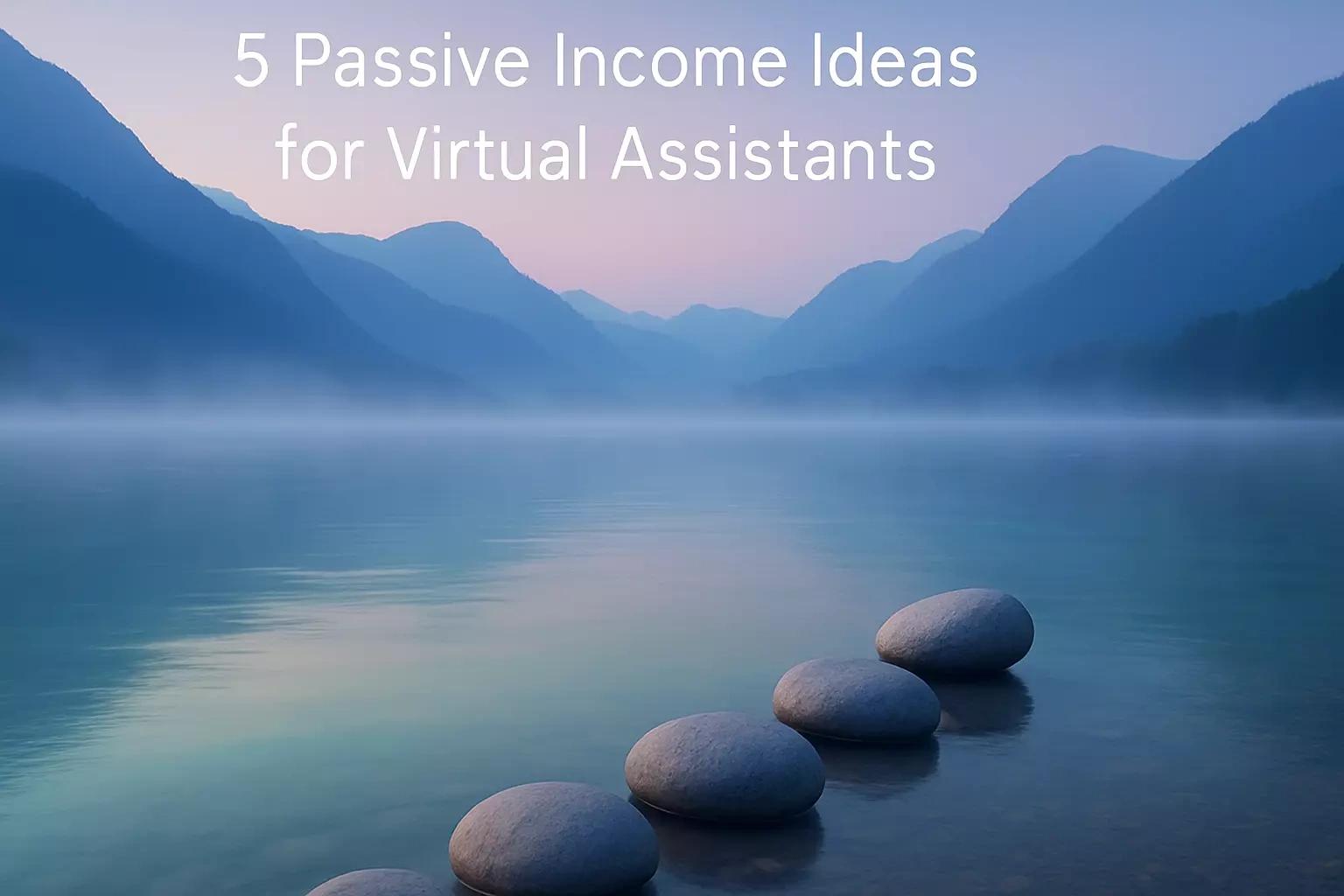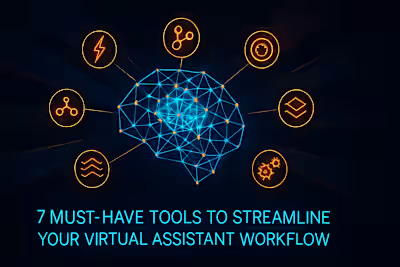Beyond Client Work: 5 Passive Income Ideas for Virtual Assistants

Beyond Client Work: 5 Passive Income Ideas for Virtual Assistants
1. Create and Sell Digital Products
Templates and Checklists
Ebooks and Guides
Workshops and Webinars
2. Launch an Online Course
Choosing Your Course Topic
Structuring and Recording Your Content
Platforms for Hosting and Selling
3. Affiliate Marketing for Tools You Love
Identifying Affiliate Opportunities
Authentic Promotion Strategies
Disclosure and Best Practices
4. Offer a Paid Membership or Community
Defining Your Membership Value
Choosing a Platform
Building and Engaging Your Community
5. Monetize a Niche Blog or YouTube Channel
Choosing Your Niche
Creating Valuable Content
Monetization Strategies
Conclusion
References
Beyond Client Work: 5 Passive Income Ideas for Virtual Assistants
1. Create and Sell Digital Products
Templates and Checklists
Ebooks and Guides
Workshops and Webinars
2. Launch an Online Course
Choosing Your Course Topic
Structuring and Recording Your Content
Platforms for Hosting and Selling
3. Affiliate Marketing for Tools You Love
Identifying Affiliate Opportunities
Authentic Promotion Strategies
Disclosure and Best Practices
4. Offer a Paid Membership or Community
Defining Your Membership Value
Choosing a Platform
Building and Engaging Your Community
5. Monetize a Niche Blog or YouTube Channel
Choosing Your Niche
Creating Valuable Content
Monetization Strategies
Conclusion
References
Posted Jun 30, 2025
Ready to earn more without working more hours? Explore 5 proven passive income ideas for Virtual Assistants, from digital products to affiliate marketing.
0
14








